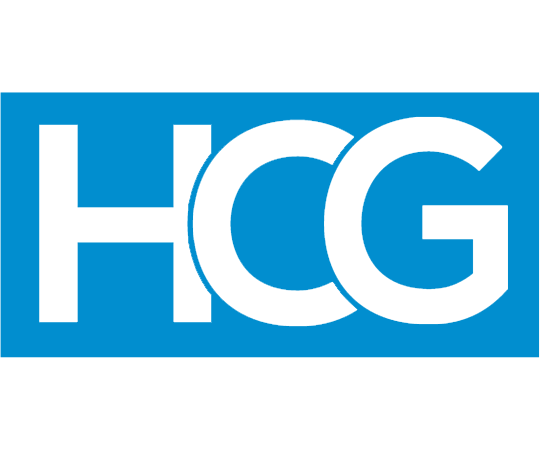Apr 24 How to Overcome Employee Turnover
Thousands of Gallup Poll studies reveal that at least 75% of all voluntary turnovers are influenced by managers. But less than 25% percent of employees leave because of pay and benefits – contrary to what many employers believe. Most respondents cite career advancement and opportunities for promotions as their reason for going elsewhere. Meanwhile the overall cost to replace a typical employee averages about 150 percent or more of their base salary – and attrition also has a devastating impact on company morale, teamwork, and your ability to recruit new hires.
- Support and communicate. Employees want to know what is expected of them. Be clear about job descriptions and responsibilities and give continual feedback. Reward performance with words of praise as well as the systems, tools, and technology that people need to do deliver their best performances.
- Train and promote. It is far cheaper to develop internal talent than to recruit, hire, and train outsiders. Keep an eye out for potential in the raw and offer professional development as a way to inspire diamond-in-the-rough employees while also preparing and fueling your own succession pipeline.
- Compensate cooperation. When some workers are carrying the load for many others, they are obviously your greatest assets. But they will soon leave because that kind of system is unfair to them. Get rid of the dead weight and those who spread negativity within the ranks, using the money you save by shedding lackluster employees to financially compensate those who distinguish themselves through positive teamwork.
- Listen and learn. One of the biggest reasons employees are dissatisfied is because of a disconnect between themselves and upper management. Lead from the trenches, get to know everyone in the organization, and learn to value their input, however insignificant it may seem. Otherwise your own leadership will suffer because leaders are only capable and powerful when they have loyal followers.
When I worked at Macy’s we often used professional Gallup Polls to survey our personnel and ensure that we had work environments in our stores that represented best practices. Not only do great workplace environments foster higher productivity and performance, but they also help to curb attrition and turnover – which are two of the most expensive challenges an organization can face.
Predictable Promotion Exercise:
- Think about a job you left, and why. Are those same conditions festering within your own organization, because of a blind spot in your leadership vision?
- When was the last time one of your respected superiors asked for your opinion, acknowledged a job well done, or talked to you to find out if you felt engaged and satisfied in your current role?
- Each time they do recognize your efforts, pay it forward by showing the same interest in your own reports or employees.
Tell me what you think! Please post your valued and valuable comments below.
Do you want to use this blog article?
You may, as long as you include this complete bio with it:
Sarah Hathorn is a leadership development mentor, executive presence coach, image and branding consultant, public speaker & author. She is the founding CEO of her own successful company, Illustra Consulting, and the creator of the proprietary Predictable Promotion System™.
Blog, Ezine & Website: www.illustraconsulting.com
Copyright © 2012, Sarah Hathorn, AICI CIP, CPBS
- About the Author
- Latest Posts
Sarah Hathorn, CEO of Hathorn Consulting Group, is the go-to-expert in working with leaders and companies to create successful corporate DNA. As an executive coach, consultant and speaker she collaborates globally with clients and brands such as Deloitte, McKesson, Kimberly-Clark, Sherwin-Williams, Home Depot and other leading organizations.
Subscribe today to get my newsletter, Corporate DNA™ for leadership articles on how to maximize your talent pipeline, develop & enhance leadership capabilities, inspire and influence to communicate top results and much more.







Sorry, the comment form is closed at this time.